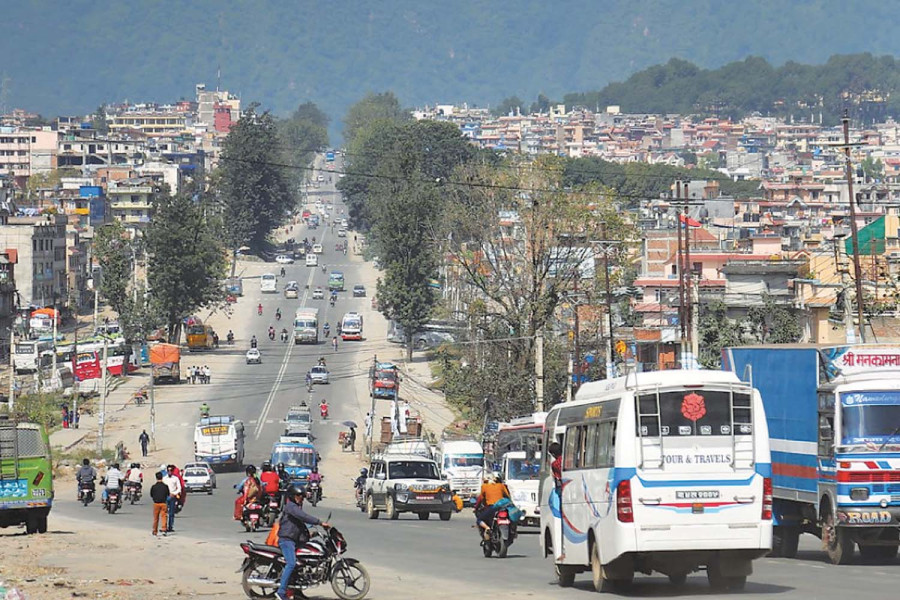Progress and Challenges in the Ring Road Expansion Project
A significant milestone has been achieved in the long-delayed Ring Road widening project in Kathmandu. A Chinese technical team has completed a detailed survey of the 8.2-kilometre stretch from Kalanki to Basundhara, marking a crucial step forward in the development of this vital infrastructure.
The survey, which lasted for two and a half months, was carried out by 18 technicians from China’s state-owned CCCC First Highway Consultants and Xi’an Fangzhou Engineering Consultants. The team arrived in Nepal on April 19 and is expected to return to China within a week. Their work involved gathering essential data that will inform the design of the road expansion.
Arjun Prasad Aryal, chief of the Development Cooperation Implementation Division at the Department of Roads, confirmed that the design report from the Chinese team is expected to arrive within three months. He explained that once the design is submitted, it will be reviewed within a month, with necessary revisions made before sending it back for final approval.
According to Aryal, the construction contract process is anticipated to be finalized within five months. The contractor, who will be selected in China, is expected to start work shortly after the contract is signed. This project is being implemented under a government-to-government agreement signed in 2018, with financial support from the Chinese government.
The proposed road expansion aims to transform the existing road, which currently has four lanes from Kalanki to Sitapaila and two lanes beyond, into an eight-lane road, excluding service lanes. A flyover is planned at Machhapokhari to ease traffic congestion, and a bridge will be constructed near the Dhungedhara area of Banasthali to replace an existing culvert.
Sushil Babu Dhakal, chief of the Development Assistance Coordination and Quality Division under the Ministry of Physical Infrastructure and Transport, stated that the ministry has requested the Chinese engineers to design the bridge in a way that helps improve traffic flow.
Despite these advancements, challenges persist in other sections of the Ring Road. Work on the third section, from Narayan Gopal Chowk to Dhumbarahi, has slowed significantly. Although the project had set a mid-July deadline for completion, only 35 percent of the work has been completed so far, according to Narayan Dutta Bhandari, chief of the Kathmandu Road Division.
Bhandari mentioned that the focus is now on completing blacktopping of one side of the road by mid-July. However, due to the monsoon season, the work has faced delays. The current expectation is to finish this section by Dashain, which falls in the first week of October. Construction of drainage systems, culverts, and retaining walls is still ongoing.
Initially, the Kalanki-Basundhara stretch was planned to be expanded with full Chinese assistance. However, delays in implementation forced the Nepali government to begin widening a 700-metre portion of the road independently. This highlights the complex nature of such large-scale infrastructure projects and the need for continuous coordination between all stakeholders involved.







